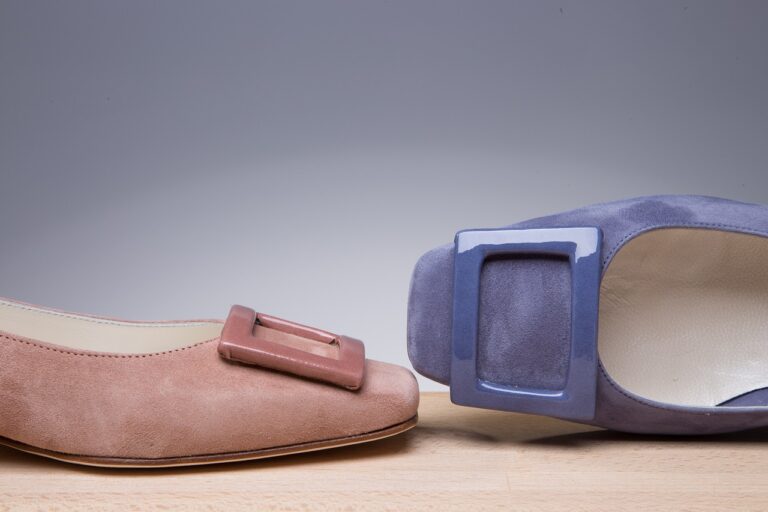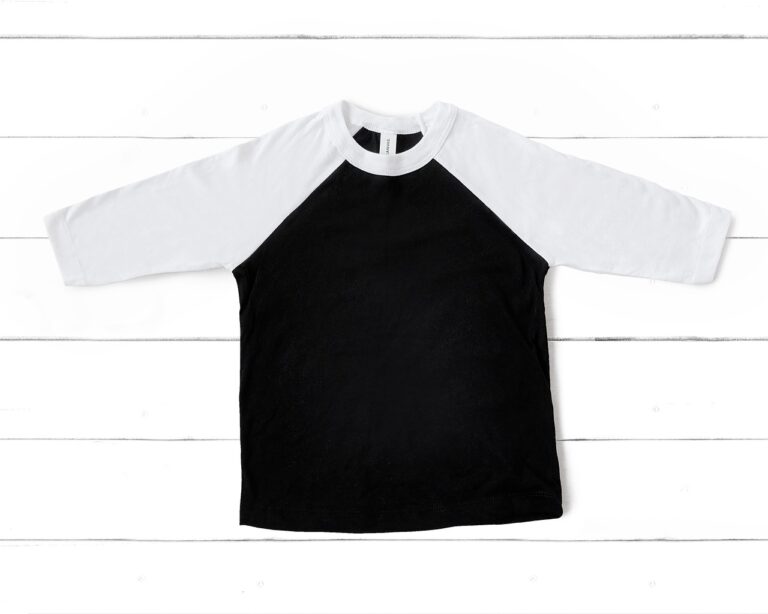Fashion and Sustainability: Innovations in Recycled Materials
As the fashion industry continues to grapple with the environmental impact of its practices, sustainable fashion has emerged as a key trend in recent years. One of the most significant developments in this space is the rise of recycled materials as a viable alternative to traditional fabrics and materials. From recycled plastic bottles to reclaimed denim, innovative designers and brands are pushing the boundaries of what is possible in the realm of sustainable fashion.
The Rise of Recycled Materials
Recycled materials have gained significant traction in the fashion industry in recent years, as consumers become increasingly aware of the environmental impact of clothing production. By reusing existing materials, designers can reduce the need for virgin resources and cut down on the amount of waste generated by the industry. From a sustainability perspective, recycled materials offer a compelling solution to the problem of textile waste and pollution.
Recycled Plastic
One of the most common types of recycled materials used in fashion is recycled plastic. With the rise of plastic pollution in our oceans and landfills, designers have been experimenting with ways to repurpose this ubiquitous material into clothing and accessories. Brands like Patagonia and Adidas have led the way in incorporating recycled plastic into their products, creating everything from swimwear to sneakers out of discarded plastic bottles.
Reclaimed Denim
Another popular choice for recycled materials in fashion is reclaimed denim. With the denim industry being one of the most polluting sectors in fashion, many designers are turning to vintage or discarded denim to create new garments. From patchwork jeans to upcycled jackets, reclaimed denim offers a sustainable alternative to traditional denim production methods.
Recycled Leather
Leather production is notoriously resource-intensive and environmentally damaging, making it a prime candidate for recycling. Brands like Reformation and Stella McCartney have introduced recycled leather into their collections, offering a cruelty-free and sustainable alternative to traditional leather goods. By using discarded leather scraps or upcycled leather, these designers are reimagining the future of luxury fashion.
Recycled Fibers
In addition to plastic, denim, and leather, designers are also exploring new ways to incorporate recycled fibers into their collections. From recycled cotton to recycled polyester, innovative materials are being developed to reduce the environmental impact of clothing production. With advances in technology and manufacturing processes, recycled fibers are becoming increasingly viable for mainstream fashion brands.
Challenges and Opportunities
While the use of recycled materials in fashion presents significant environmental benefits, there are also challenges that need to be addressed. From the complexities of sourcing and processing recycled materials to the limitations of certain materials in terms of quality and durability, designers face a range of obstacles when incorporating recycled materials into their collections. However, with creativity and innovation, these challenges can be overcome, paving the way for a more sustainable future for the fashion industry.
Conclusion
As fashion brands and consumers alike become more conscious of the environmental impact of clothing production, the use of recycled materials is set to become a standard practice in the industry. By reimagining waste as a valuable resource and embracing innovative materials and production methods, designers can create beautiful and sustainable fashion that meets the demands of a changing world. With the continued development of recycled materials and the growing awareness of sustainability issues, the future of fashion looks brighter and more environmentally friendly than ever.
FAQs
Q: Are recycled materials more expensive than traditional materials?
A: In some cases, recycled materials can be more expensive due to the additional costs associated with sourcing, processing, and manufacturing. However, as demand for sustainable fashion grows and economies of scale are achieved, the cost of recycled materials is likely to decrease over time.
Q: Are recycled materials as durable as traditional materials?
A: The durability of recycled materials can vary depending on the specific material and the production processes used. In many cases, recycled materials can be just as durable as traditional materials, if not more so, due to advances in technology and manufacturing techniques.
Q: How can consumers support the use of recycled materials in fashion?
A: Consumers can support the use of recycled materials in fashion by choosing products made from recycled materials, supporting brands that prioritize sustainability, and advocating for greater transparency and accountability in the fashion industry. By voting with their wallets and voices, consumers can drive positive change in the way clothing is produced and consumed.







